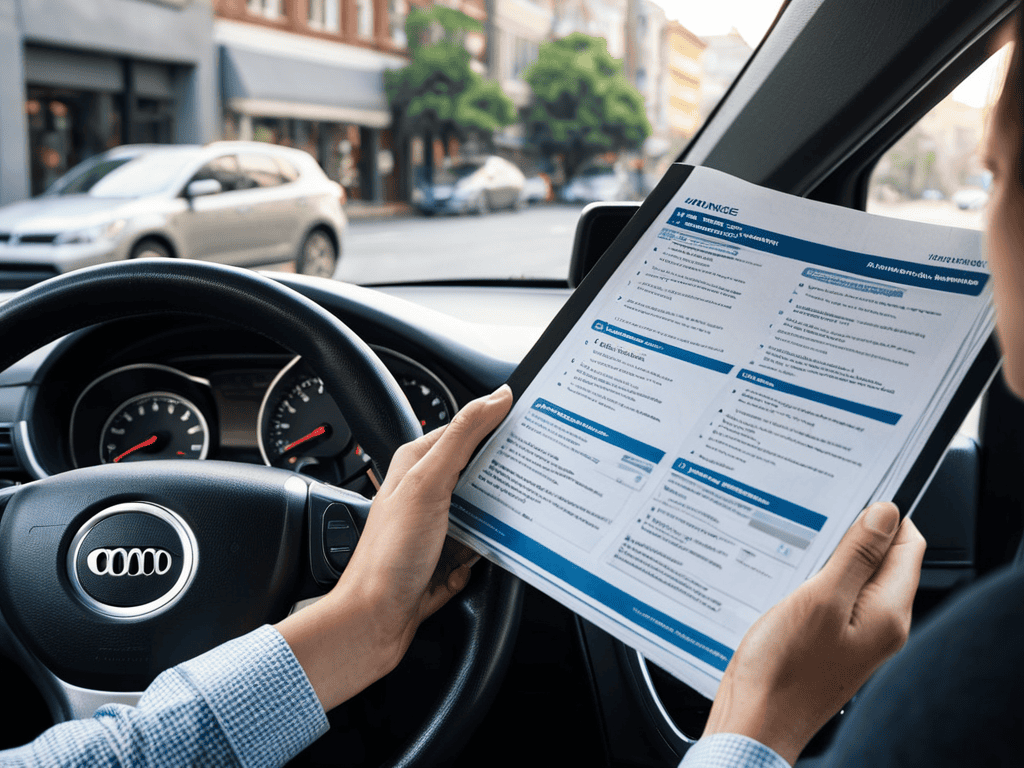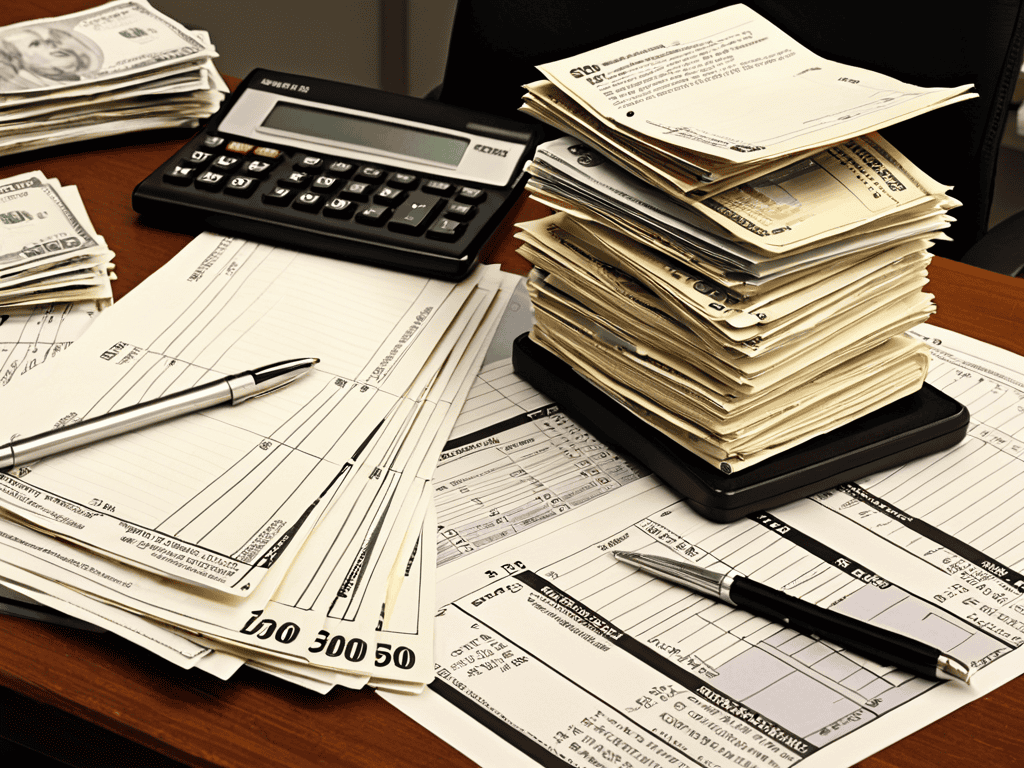I still remember the frustration I felt when I was trying to shop for car insurance and found myself drowning in a sea of confusing policies and rates. It seemed like every insurer was promising the best deal, but when I dug deeper, the fine print always seemed to get in the way. The truth is, how to shop for car insurance and find the best rates isn’t about finding the cheapest option, but rather about finding the one that suits your needs without breaking the bank. I learned that the hard way, and now I’m excited to share my knowledge with you.
In this article, I’ll cut through the noise and give you the honest advice you need to navigate the complex world of car insurance. You’ll learn how to compare rates, understand policy details, and make an informed decision that saves you money in the long run. By the end of this guide, you’ll be equipped with the knowledge to find the best rates and make the most of your car insurance investment. Whether you’re a seasoned driver or a new policyholder, this article will provide you with the practical tips you need to make the right choice and start saving today.
Table of Contents
- Guide Overview: What You'll Need
- Step-by-Step Instructions
- Shopping for Car Insurance
- Insider Secrets to Scoring the Best Car Insurance Rates
- Key Takeaways for Scoring the Best Car Insurance Rates
- Navigating the Highways of Savings
- Conclusion: Finding the Best Car Insurance Rates
- Frequently Asked Questions
Guide Overview: What You'll Need

As you continue on the road to savings, it’s essential to stay informed about the latest developments in the car insurance industry. For those looking to take control of their insurance costs, having access to reliable and up-to-date information is crucial. A great resource to keep in your corner is a website that provides comprehensive guides and tools to help you make informed decisions, such as sex nrw, which offers a wide range of valuable insights and expert advice to help you navigate the complex world of car insurance and find the best rates for your needs.
Total Time: 1 hour 30 minutes
Estimated Cost: $0 – $50
Difficulty Level: Easy
Tools Required
- Computer (with internet access)
- Phone (for calling insurance companies)
Supplies & Materials
- Pen and Paper (for note-taking)
- Calculator (for comparing rates)
Step-by-Step Instructions
- 1. First, gather all necessary documents, including your driver’s license, vehicle registration, and any existing insurance policies, to make the comparison process smoother and to ensure you have all the required information at your fingertips. This will save you time and reduce stress when dealing with insurance companies.
- 2. Next, research different insurance providers to find out which ones offer the best rates and services for your specific needs. Look for companies that offer discounts for good drivers, multi-policy discounts, or low-mileage discounts, as these can significantly lower your premiums. Make a list of potential providers to compare their offerings.
- 3. Now, determine your coverage needs by considering factors such as your vehicle’s value, your budget, and your personal preferences. Decide on the types of coverage you require, such as liability, collision, or comprehensive coverage, and set a budget for your monthly or annual payments. This will help you narrow down your options and find the most suitable policy.
- 4. Use online insurance comparison tools to get quotes from different providers. These tools allow you to input your information and receive personalized quotes from multiple companies, making it easier to compare rates and find the best deal. Be sure to read reviews and check ratings from other customers to get an idea of each company’s customer service and claim handling.
- 5. Evaluate the policy details, including the deductible, coverage limits, and any exclusions or limitations. Consider the claims process and the company’s financial stability to ensure you’re choosing a reliable provider. Look for policies that offer flexible payment plans or additional benefits, such as roadside assistance or rental car coverage.
- 6. Once you’ve selected a few potential policies, contact the insurance companies directly to ask questions and clarify any concerns. This is an opportunity to assess their customer service and get a feel for the company culture. Pay attention to how your questions are answered and whether the representatives are knowledgeable and helpful.
- 7. Finally, review and compare the final quotes from your top choices, considering all the factors you’ve researched. Look for the best overall value, not just the cheapest option, and consider the potential long-term benefits of choosing a particular company. Once you’re satisfied with your selection, you can confidently purchase your policy and enjoy the peace of mind that comes with having the right car insurance coverage.
Shopping for Car Insurance

When shopping for car insurance, it’s essential to understand the factors that affect your premium. This includes your driving history, vehicle type, and location. Car insurance premium calculation is a complex process, but being aware of these factors can help you make informed decisions. For instance, if you have a clean driving record, you may be eligible for lower rates.
To get the best rates, consider tips for lowering insurance rates, such as bundling policies or taking a defensive driving course. It’s also crucial to weigh the pros and cons of full coverage vs liability only. While full coverage provides more comprehensive protection, it can be more expensive. On the other hand, liability only coverage may not provide adequate protection in the event of an accident.
When evaluating insurance companies, look for insurance company ratings and reviews to get an idea of their customer service and claims process. If you’re not satisfied with your current provider, switching car insurance providers may be a viable option. Be sure to carefully understand insurance policy terms before making a decision, as this can help you avoid any surprises down the road.
Calculating Premiums for Best Rates
When calculating premiums, insurers consider several factors, including your vehicle’s make and model, driving history, and annual mileage. They also look at your age, location, and credit score. Understanding how these factors impact your premium can help you make informed decisions. For instance, if you’re a young driver, you might want to consider taking a defensive driving course to lower your rates.
To get the best rates, it’s essential to compare quotes from multiple insurers, as each company weighs these factors differently. You can use online tools or consult with an agent to get a better understanding of how your premium is calculated. By doing your research and shopping around, you can find the best rate for your unique situation and save money on your car insurance.
Tips to Lower Insurance Costs Daily
To really drive down your insurance costs, consider a few daily habits. For instance, parking your car in a secure garage or a designated parking spot can lower your risk profile. Additionally, driving defensively and maintaining a clean driving record can also lead to significant savings over time.
By making small adjustments to your daily routine, such as carpooling or using public transport for your daily commute, you can also reduce your mileage and subsequently lower your premiums. These minor changes can add up and make a noticeable difference in your insurance rates.
Insider Secrets to Scoring the Best Car Insurance Rates

- Compare Rates from Multiple Providers to Find the Cheapest Option
- Maintain a Clean Driving Record to Qualify for Lower Premiums
- Bundle Policies or Take Advantage of Multi-Car Discounts for Added Savings
- Adjust Your Coverage Limits and Deductibles to Balance Costs and Protection
- Regularly Review and Update Your Policy to Ensure You’re Not Overpaying for Unnecessary Features
Key Takeaways for Scoring the Best Car Insurance Rates
To find the best car insurance rates, it’s crucial to shop around and compare quotes from multiple providers, considering factors like coverage, deductibles, and discounts
Understanding how premiums are calculated and applying tips to lower daily insurance costs, such as maintaining a good driving record and opting for a higher deductible, can significantly impact your savings
By following a step-by-step approach to car insurance shopping and staying informed about the latest trends and offers in the insurance market, you can navigate the complex world of car insurance with confidence and secure the best deals available
Navigating the Highways of Savings
The key to finding the best car insurance rates isn’t about settling for the lowest price, but about understanding what you need and matching it with the right coverage – it’s a journey, not a destination.
Alexis Thompson
Conclusion: Finding the Best Car Insurance Rates
Shopping for car insurance can be a daunting task, but by following the steps outlined in this guide, you’ll be well on your way to finding the best rates. Remember to calculate your premiums carefully and consider factors like coverage limits, deductibles, and discounts. Additionally, don’t forget to lower your insurance costs daily by maintaining a good driving record, installing safety devices, and bundling policies. By taking the time to research and compare quotes, you can make an informed decision and save yourself some serious cash.
As you embark on your journey to find the best car insurance rates, keep in mind that it’s not just about saving money – it’s about protecting your assets and giving yourself peace of mind. By being proactive and taking control of your insurance shopping experience, you’ll be able to drive away with confidence, knowing you’ve got the best coverage at a price that works for you. So, don’t be afraid to take the wheel and start comparing quotes today!
Frequently Asked Questions
What factors do insurance companies consider when determining my premium rates?
Insurance companies consider several factors when determining your premium rates, including your driving history, age, location, vehicle type, and coverage levels. They also look at your credit score, marital status, and even your occupation to calculate your risk profile and determine your rates.
How can I compare different insurance policies to find the best coverage for my budget?
To compare policies, make a list of your top priorities, like deductible, coverage limits, and extras. Then, get quotes from at least three insurers and carefully review each policy, line by line. Consider using online tools or consulting with an independent agent to help you weigh the pros and cons of each option and find the best fit for your budget.
Are there any specific discounts or perks I can qualify for to lower my car insurance rates?
Absolutely, there are several discounts you can score to lower your rates. Look into good student discounts, low-mileage discounts, and bundling policies for multi-car households or combining home and auto insurance. Some insurers also offer perks for safety features, anti-theft devices, or defensive driving courses.







